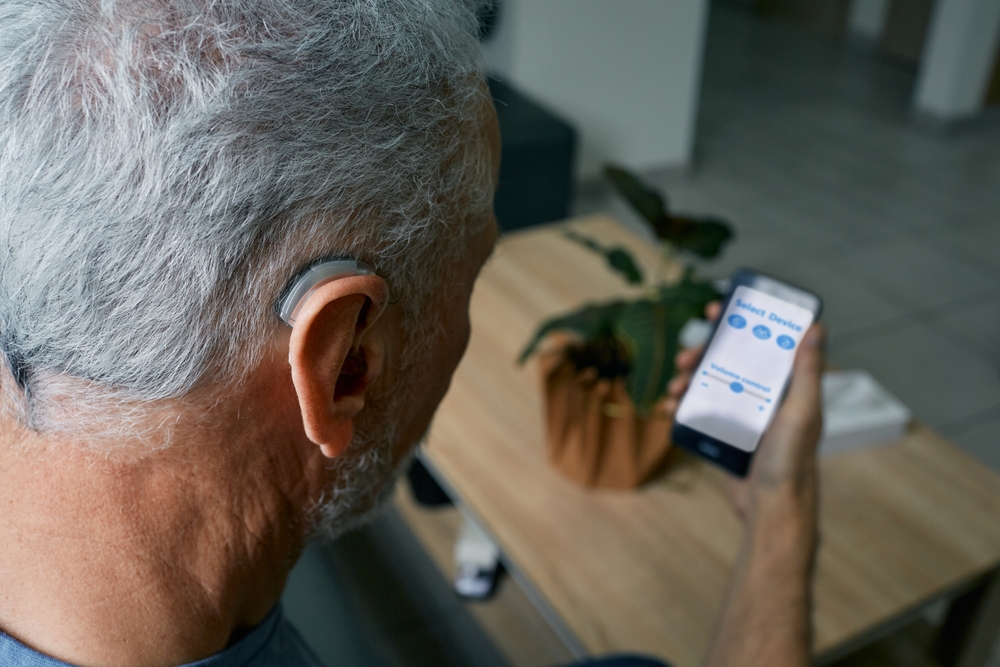When you’re in the market for new hearing aids, you want the best. Maybe you’re the kind of person that consults reviews exhaustively, subscribes to Consumer Reports, and evaluates every purchase with extensive spreadsheets. Or maybe you just go with your gut, making big purchases based on what feels right.
Most of us are probably somewhere in the middle. But getting anyone to agree on what “best” is can be challenging. Most people can’t even agree on the best pizza topping (Meat? Veg? Mushrooms?) so forming a consensus on a universally optimal hearing aid is folly. There is no single best hearing aid–there’s only the hearing aid that’s best for you.
Types of Hearing Aids
Finding the hearing aid that’s “best for you” might sound, at first, like little more than a feel-good cliche. There must be some objectively best hearing aid, part of your brain may insist. But that’s just not true, mostly because hearing loss tends to come in countless variations and degrees. The best hearing aid will be the one that addresses your unique combination of hearing loss symptoms.
To facilitate that mission, there are several types of hearing aids available on the market today:
- Behind-the-Ear Hearing Aid (Traditional): This type of hearing aid has most of its electronic components housed in a casing that sits behind your ear. A small tube lays over the top and into the ear canal to an earmold that emits sound.
- Mini Behind-the-Ear Hearing Aid: This type of hearing aid has the same basic construction as any other behind-the-ear model, but all of its components are smaller. There are less power and sophistication in these models, usually, but more discretion.
- In-the-Ear Hearing Aid (Traditional): This model is what most people think of when they imagine hearing aids. A small piece sits on the edge of the hearing canal. In general, in-the-ear hearing aids are big enough to be quite powerful but small enough to be very (though not completely) discrete.
- In-the-Canal Hearing Aid: A hearing aid that sits in your ear canal tends to be smaller than in-the-ear models. However, because it sits deeper in your ear canal, it can cause some comfort issues. Some people feel the added discretion is worth any trade-off.
- Completely-in-the-Canal Hearing Aid: One of the smallest types of hearing aids available, these models fit and hide completely inside the hearing canal. They tend to be less powerful (without directional microphones, for example), but they do maximize how hidden hearing aids can be.
Each type of hearing aid has its own benefits and drawbacks. There is no best type of device; instead, the ideal choice will depend on your specific needs and hearing loss symptoms.
Other Considerations When Purchasing a Hearing Aid
The type of hearing aid isn’t going to be the only piece of information that determines what the best device for you might be. Some of the other factors you may have to consider could be:
- Insurance coverage: Some models and types might be covered by your health insurance; others will not. This might impact which hearing aid is best for your circumstances.
- Ancillary technologies: If you talk on the phone a lot, a hearing aid with Bluetooth connectivity might be critical for you. Likewise, if you have balance problems, a hearing aid with fall detection technology could move to the front of the pack for you.
- Feedback reduction: If the possibility of feedback is your biggest concern about wearing your hearing aids, you might want to select the model with the best feedback reduction hardware.
- Directional microphone: Most hearing aids come standard with directional microphones. But if you envision yourself spending a lot of time in noisy rooms, the device with the most developed microphone technology may be your ideal match.
You Don’t Have to Make the Decision Alone
In the best-case scenario, you’ll work with your hearing specialist to select your ideal hearing aid, considering the fit, power, and balance of each device. There is certainly no shortage of well-respected manufacturers: from Starkey to Oticon to Unitron to Phonak and more–they all produce high-quality devices.
So your mission shouldn’t be to find the best hearing aid. Your mission should be to find the best hearing aid for your ears and situation. So don’t let anyone else tell you what to put on your pizza.


